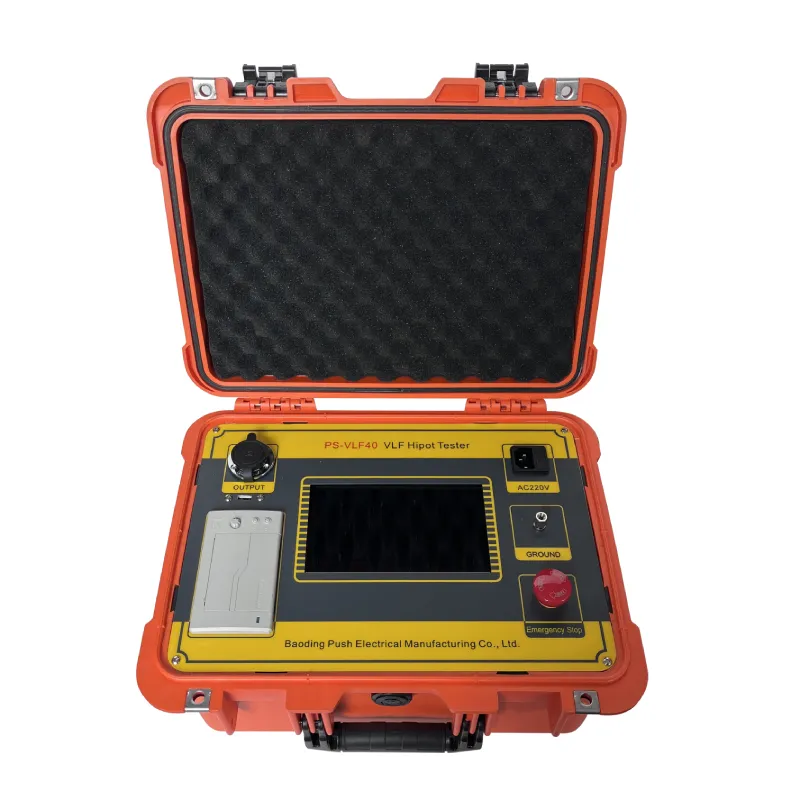TEL:
+86-0312-3189593
 English
English

Telephone:0312-3189593

Email:sales@oil-tester.com

-
 Afrikaans
Afrikaans -
 Albanian
Albanian -
 Amharic
Amharic -
 Arabic
Arabic -
 Armenian
Armenian -
 Azerbaijani
Azerbaijani -
 Basque
Basque -
 Belarusian
Belarusian -
 Bengali
Bengali -
 Bosnian
Bosnian -
 Bulgarian
Bulgarian -
 Catalan
Catalan -
 Cebuano
Cebuano -
 China
China -
 China (Taiwan)
China (Taiwan) -
 Corsican
Corsican -
 Croatian
Croatian -
 Czech
Czech -
 Danish
Danish -
 Dutch
Dutch -
 English
English -
 Esperanto
Esperanto -
 Estonian
Estonian -
 Finnish
Finnish -
 French
French -
 Frisian
Frisian -
 Galician
Galician -
 Georgian
Georgian -
 German
German -
 Greek
Greek -
 Gujarati
Gujarati -
 Haitian Creole
Haitian Creole -
 hausa
hausa -
 hawaiian
hawaiian -
 Hebrew
Hebrew -
 Hindi
Hindi -
 Miao
Miao -
 Hungarian
Hungarian -
 Icelandic
Icelandic -
 igbo
igbo -
 Indonesian
Indonesian -
 irish
irish -
 Italian
Italian -
 Japanese
Japanese -
 Javanese
Javanese -
 Kannada
Kannada -
 kazakh
kazakh -
 Khmer
Khmer -
 Rwandese
Rwandese -
 Korean
Korean -
 Kurdish
Kurdish -
 Kyrgyz
Kyrgyz -
 Lao
Lao -
 Latin
Latin -
 Latvian
Latvian -
 Lithuanian
Lithuanian -
 Luxembourgish
Luxembourgish -
 Macedonian
Macedonian -
 Malgashi
Malgashi -
 Malay
Malay -
 Malayalam
Malayalam -
 Maltese
Maltese -
 Maori
Maori -
 Marathi
Marathi -
 Mongolian
Mongolian -
 Myanmar
Myanmar -
 Nepali
Nepali -
 Norwegian
Norwegian -
 Norwegian
Norwegian -
 Occitan
Occitan -
 Pashto
Pashto -
 Persian
Persian -
 Polish
Polish -
 Portuguese
Portuguese -
 Punjabi
Punjabi -
 Romanian
Romanian -
 Russian
Russian -
 Samoan
Samoan -
 Scottish Gaelic
Scottish Gaelic -
 Serbian
Serbian -
 Sesotho
Sesotho -
 Shona
Shona -
 Sindhi
Sindhi -
 Sinhala
Sinhala -
 Slovak
Slovak -
 Slovenian
Slovenian -
 Somali
Somali -
 Spanish
Spanish -
 Sundanese
Sundanese -
 Swahili
Swahili -
 Swedish
Swedish -
 Tagalog
Tagalog -
 Tajik
Tajik -
 Tamil
Tamil -
 Tatar
Tatar -
 Telugu
Telugu -
 Thai
Thai -
 Turkish
Turkish -
 Turkmen
Turkmen -
 Ukrainian
Ukrainian -
 Urdu
Urdu -
 Uighur
Uighur -
 Uzbek
Uzbek -
 Vietnamese
Vietnamese -
 Welsh
Welsh -
 Bantu
Bantu -
 Yiddish
Yiddish -
 Yoruba
Yoruba -
 Zulu
Zulu
Лют . 13, 2025 16:29
Back to list
bdv transformer test
Testing a transformer with an ohm meter is an essential process to assess its integrity and functionality. Proper transformer testing ensures that electrical systems operate efficiently and safely. Drawing from years of experience, it is clear that understanding the nuances of transformer testing and utilizing an ohm meter correctly can significantly impact an engineer's toolkit.
Beyond basic resistance measurements, assessing the transformer's insulation resistance using a megohmmeter can provide deeper insights into the transformer's health. Insulation resistance testing involves applying a high DC voltage between the winding and the transformer's case or ground. This test helps uncover deteriorating insulation and moisture ingress, issues that could lead to transformer failure. Performing such testing regularly as part of a preventive maintenance program enhances system reliability. Equipment manuals often recommend specific testing intervals, but industry standards suggest testing annually or bi-annually depending on the transformer's criticality and operational environment. Experts emphasize the importance of documentation. Recording every test result, along with environmental conditions during testing, aids in establishing a reliable history of the transformer's performance. This data allows for trend analysis over time, supporting proactive maintenance decisions and prolonging the transformer's service life. For those less familiar with electrical testing, enlisting the services of a certified electrician or transformer specialist can ensure accuracy and safety. They possess the skills and tools necessary for comprehensive transformer assessment, including the use of advanced diagnostic equipment beyond a basic ohm meter. Overall, testing transformers with an ohm meter is a practice steeped in both technical skill and experience. With dedication to accurate measurements and detailed analysis, professionals can ensure that electrical systems continue to function efficiently, maintaining system safety and reliability. This approach underscores the importance of continuous learning and adaptation in electrical engineering, given the ever-evolving nature of technology and standards.


Beyond basic resistance measurements, assessing the transformer's insulation resistance using a megohmmeter can provide deeper insights into the transformer's health. Insulation resistance testing involves applying a high DC voltage between the winding and the transformer's case or ground. This test helps uncover deteriorating insulation and moisture ingress, issues that could lead to transformer failure. Performing such testing regularly as part of a preventive maintenance program enhances system reliability. Equipment manuals often recommend specific testing intervals, but industry standards suggest testing annually or bi-annually depending on the transformer's criticality and operational environment. Experts emphasize the importance of documentation. Recording every test result, along with environmental conditions during testing, aids in establishing a reliable history of the transformer's performance. This data allows for trend analysis over time, supporting proactive maintenance decisions and prolonging the transformer's service life. For those less familiar with electrical testing, enlisting the services of a certified electrician or transformer specialist can ensure accuracy and safety. They possess the skills and tools necessary for comprehensive transformer assessment, including the use of advanced diagnostic equipment beyond a basic ohm meter. Overall, testing transformers with an ohm meter is a practice steeped in both technical skill and experience. With dedication to accurate measurements and detailed analysis, professionals can ensure that electrical systems continue to function efficiently, maintaining system safety and reliability. This approach underscores the importance of continuous learning and adaptation in electrical engineering, given the ever-evolving nature of technology and standards.
Latest news
-
Testing Equipment Industry Sees Major Advancements in 2025: Smart & Precision Technologies Lead the WayNewsJun.06,2025
-
Applications of Direct Current Generators in Renewable Energy SystemsNewsJun.05,2025
-
Hipot Tester Calibration and Accuracy GuidelinesNewsJun.05,2025
-
Digital Circuit Breaker Analyzer Features and BenefitsNewsJun.05,2025
-
Benefits of Real-Time Power Quality Monitoring Devices for Industrial EfficiencyNewsJun.05,2025
-
Earth Fault Loop Testing in High-Rise Building Electrical SystemsNewsJun.05,2025



